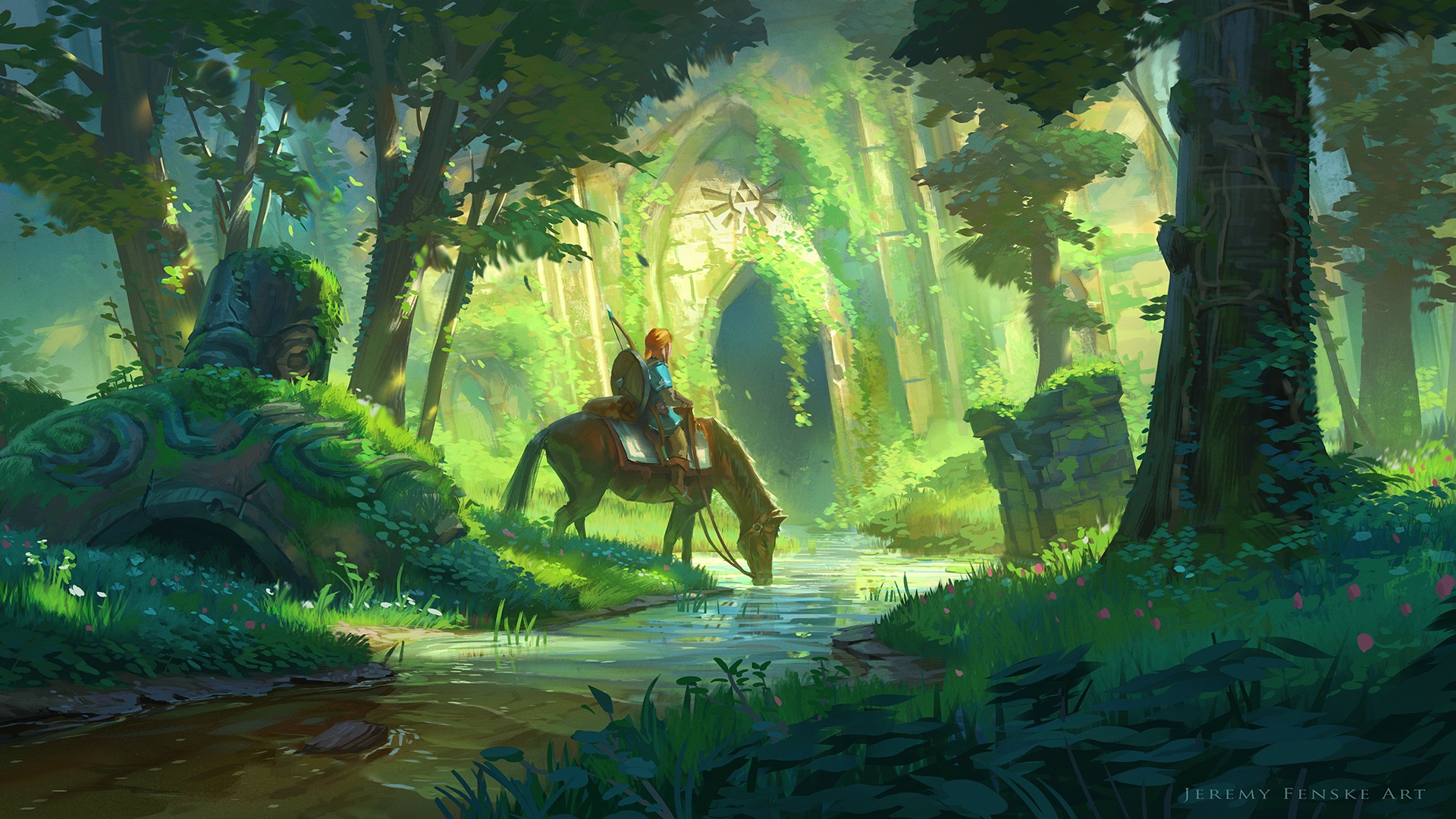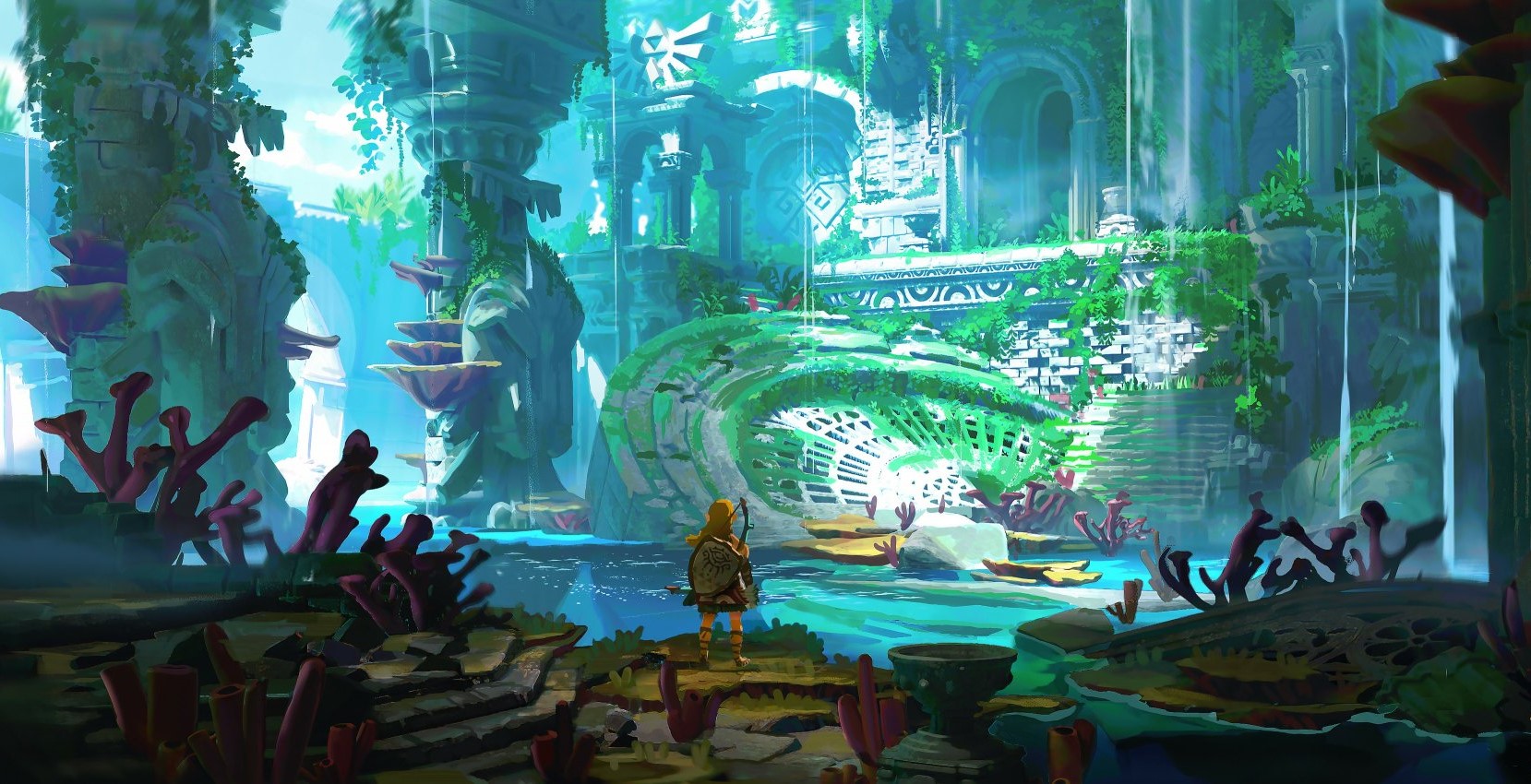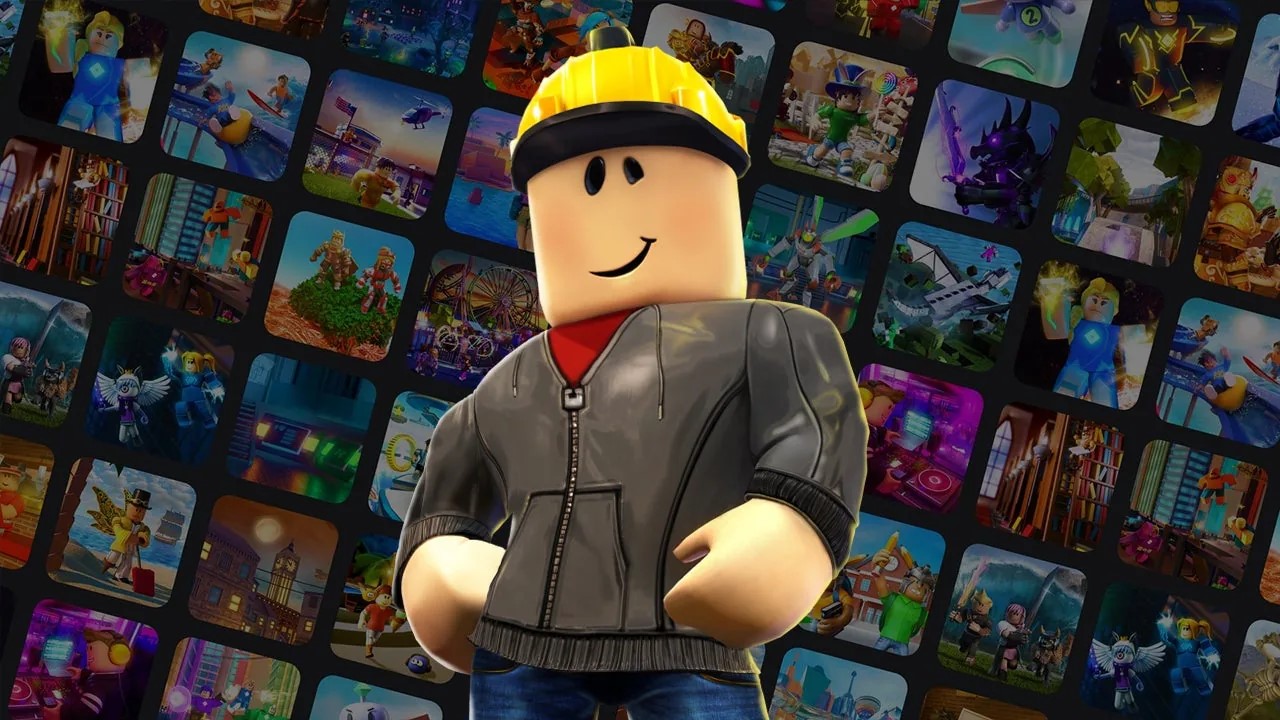- The latest Zelda games have taken the series to an open world format.
- Although this shift has done wonders for the IP, it still leads to a sense of unfocused design compared to past titles.
- Both classic and new Zelda games appeal to different audiences.
For decades, The Legend of Zelda has been Nintendo’s flagship franchise, blending tight dungeon puzzles, epic boss fights, and exploration to keep players hooked. However, Nintendo changed everything with Breath of the Wild and Tears of the Kingdom, pushing the series into full-blown open-world territory.
Although both games have been largely successful, the open-world formula has not been everyone’s cup of tea. Many have even raised concerns over the series becoming too open-world for its own good.
Why it matters: Open-world games like Red Dead Redemption 2 and The Witcher 3 defined a full generation of games. However, open-world fatigue has also set in after the slew of games looking to recapture their success.
The Big Shift

Classic Zelda games followed a set formula and did so well. Players explored regions in an intended order, tackled themed dungeons, and acquired key items that unlocked new areas.
This changed with Breath of the Wild, which practically let players do anything at any time. The world was theirs to do with as they wished, portraying a sense of freshness and liberation rarely seen in other titles.
Unfortunately, some fans thought this gave the game a feeling of aimlessness. In a way, Zelda traded its carefully-crafted nature for freedom. This bold move worked for some, but for others, it was a departure from a formula that did not need changing.
For those yet to jump into Hyrule’s massive world, Nintendo eShop Gift Cards US are the perfect buy to grab the game or its downloadable content without needing a traditional payment card.
Too Much Freedom?

One of the core issues with open-world Zelda is the lack of guided progression. For instance, many players skipped major mechanics or abilities in Tears of Kingdom because they didn’t explore certain parts of the game.
Such instances can lead to the experience feeling disappointing and alienate fans who grew up with classic Zelda titles. Games like Ocarina of Time and Twilight Princess guided players through memorable moments like the first encounter with a Staifos or unlocking Epona.
On the other hand, such moments in modern Zelda games can sometimes feel random and forgettable. Open-world fatigue also sets in rather quickly, with the core experience becoming repetitive sooner than one would want.
Is Bigger Always Better?
There’s no denying that Breath of the Wild and Tears of the Kingdom are technical marvels. Few games make exploration as seamless or vertical as these games, but there is something to be said about the sacrifices made to achieve said exploration.
It’s clear that open worlds don’t need to be pushed into every game. In fact, many are now starting to favor smaller worlds that are more densely packed. Zelda’s case, however, is a bit more complicated.
The preference between traditional and open-world experiences varies from person to person. Fans are clearly split, so it will be interesting to see where Nintendo goes from here.
Anyhow, whichever style of Zelda game you prefer, platforms like Eneba make it easy to recharge Nintendo gift cards for game or extra content purchases without the hassle of traditional payments.
Thank you! Please share your positive feedback. 🔋
How could we improve this post? Please Help us. 😔
[Senior News Reporter]
Avinash is currently pursuing a Business degree in Australia. For more than 5 years, he has been working as a gaming journalist, utilizing his writing skills and love for gaming to report on the latest updates in the industry. Avinash loves to play action games like Devil May Cry and has also been mentioned on highly regarded websites, such as IGN, GamesRadar, GameRant, Dualshockers, CBR, and Gamespot.


 Threads
Threads

